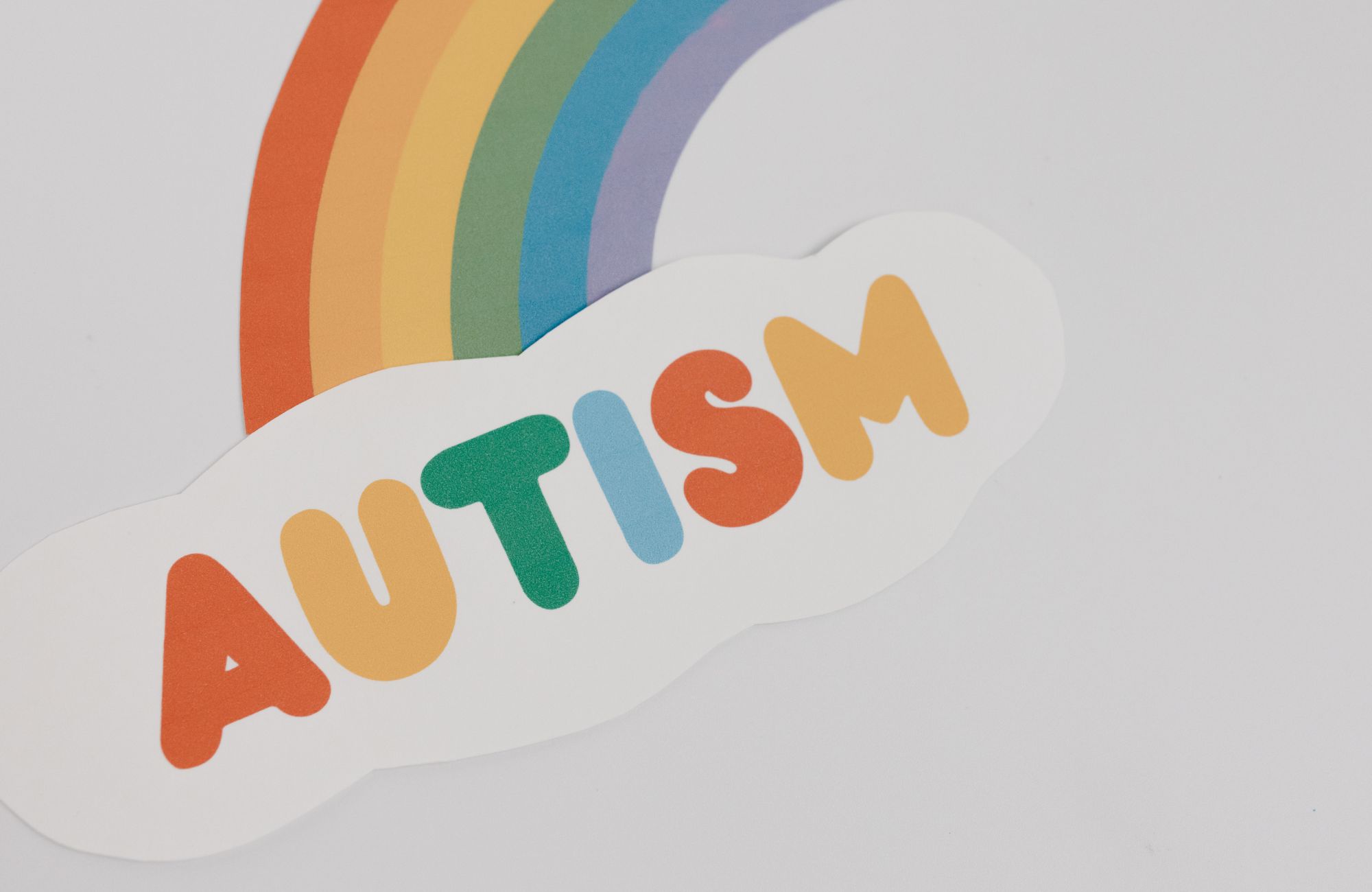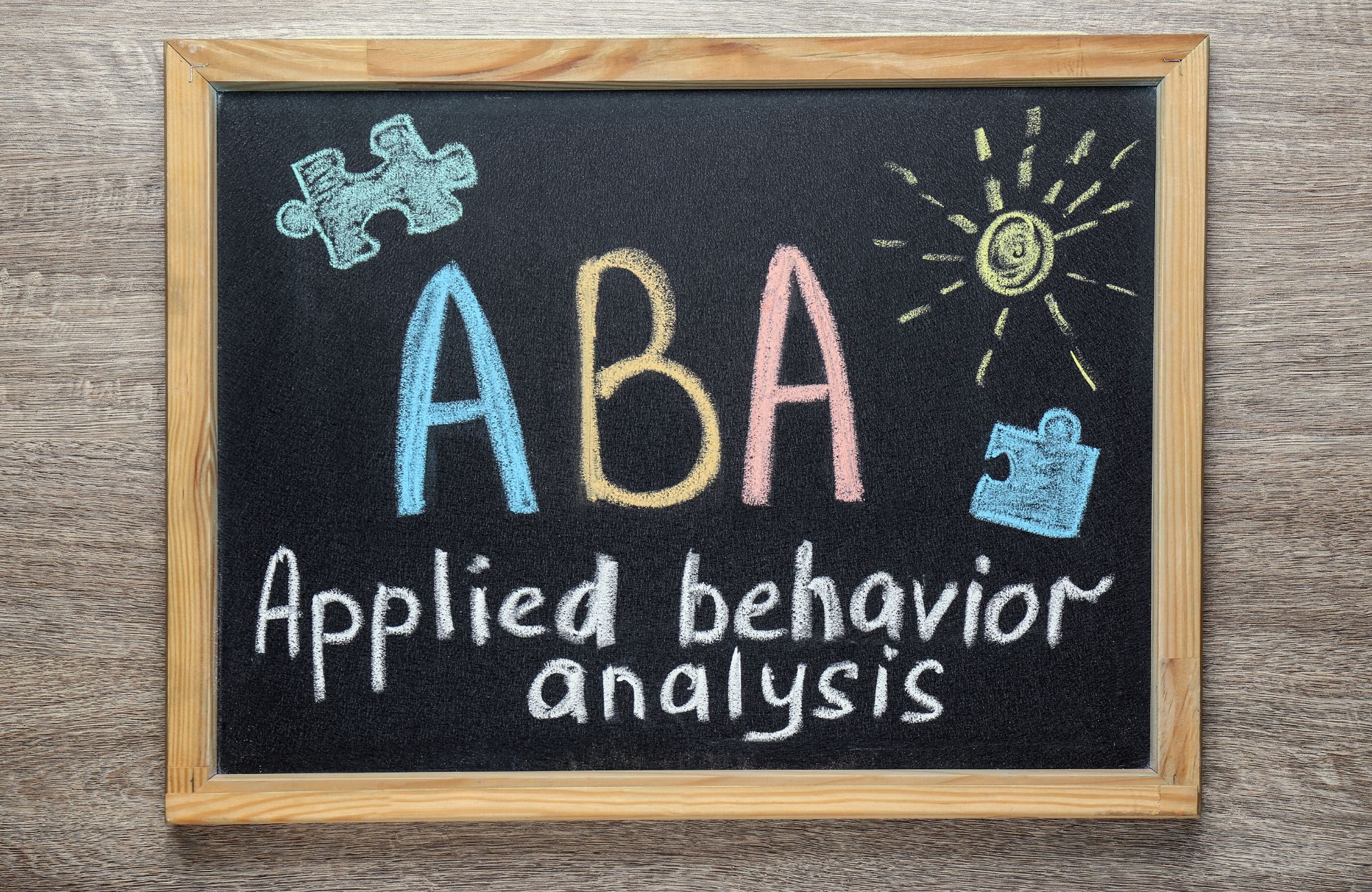BPD vs. Autism: Similarities, Differences, and Co-occurrence
Have you ever wondered why borderline personality disorder (BPD) and autism spectrum disorder (ASD) are sometimes confused with each other? Despite being distinct mental health conditions, they share several overlapping symptoms that can complicate diagnosis and treatment. In this comprehensive guide, we’ll explore the similarities, differences, and potential co-occurrence of these conditions to help you better understand their unique characteristics. Read on to learn more about the topic: BPD vs. Autism: Similarities, Differences, and Co-occurrence.
Understanding Borderline Personality Disorder (BPD)
Borderline Personality Disorder is a complex mental health condition characterized by pervasive patterns of instability in interpersonal relationships, self-image, and emotions, along with marked impulsivity. According to the Diagnostic and Statistical Manual of Mental Disorders (DSM-5), BPD typically emerges in early adulthood and affects approximately 1.6% of the general population.
Key Diagnostic Criteria and Symptoms
People with BPD often experience:
- Intense fear of abandonment: Individuals with BPD may go to extreme lengths to avoid real or perceived abandonment, leading to frantic efforts to maintain relationships.
- Unstable relationships: Their relationships often fluctuate between idealization and devaluation (known as “splitting”), creating a rollercoaster of emotions.
- Unstable self-image: People with BPD struggle with a persistent and markedly disturbed sense of self or self-identity.
- Impulsivity: Engaging in potentially self-damaging behaviors such as substance abuse, reckless driving, binge eating, or risky sexual behavior.
- Recurrent suicidal behavior: This includes threats, gestures, self-mutilation, or actual suicide attempts.
- Emotional instability: Rapid mood swings that may last from a few hours to several days.
- Chronic feelings of emptiness: A persistent sense of hollowness that can be difficult to alleviate.
- Difficulty controlling anger: Inappropriate, intense anger or problems controlling anger.
- Stress-related paranoid ideation: Under extreme stress, some individuals may experience brief paranoid thoughts or severe dissociative symptoms.
BPD develops through a complex interplay of genetic vulnerability, neurobiological factors, and environmental influences, particularly early childhood experiences including trauma, abuse, or neglect.
Understanding Autism Spectrum Disorder
Autism is a neurodevelopmental condition that affects how people perceive the world, interact socially, and communicate with others. Unlike BPD, autism is present from early childhood, though it may not be recognized until later in life, especially in individuals without intellectual disability or language delays.
Key Diagnostic Criteria and Symptoms
Autism spectrum disorder is characterized by:
- Social communication challenges: Difficulties with social-emotional reciprocity, nonverbal communication, and developing and maintaining relationships.
- Restricted and repetitive behaviors: Repetitive movements, inflexible adherence to routines, highly fixated interests, and hyper or hypo-reactivity to sensory inputs.
- Sensory sensitivities: Many autistic individuals experience atypical responses to sensory stimuli, which can lead to sensory overload.
- Special interests: Intense focus on specific topics or activities, often accompanied by extensive knowledge in these areas.
- Difficulties with change: Resistance to transitions or changes in routines.
Autism is primarily genetic in origin, with multiple genes contributing to its development. Environmental factors may play a role, but autism is fundamentally a different neurotype rather than a reaction to environmental circumstances.
Key Similarities Between BPD and Autism
Despite their different origins, BPD and autism share several overlapping traits that can lead to diagnostic confusion:
Emotional Regulation Challenges
Both conditions involve difficulties with emotional regulation, though the underlying mechanisms differ:
- In BPD: Emotional dysregulation manifests as intense emotional fluctuations, with rapid shifts between emotions.
- In autism: Emotional regulation challenges often relate to processing overwhelming sensory information or navigating unpredictable social situations.
Social Difficulties
Social challenges are common in both conditions:
- In BPD: Social difficulties often stem from fear of abandonment and unstable attachment patterns.
- In autism: Social challenges relate to fundamental differences in social cognition and communication.
Both groups may struggle with maintaining long-term relationships, though for different reasons.
Black-and-White Thinking
Rigid thinking patterns appear in both conditions:
- In BPD: Black-and-white thinking manifests as viewing situations and people as all good or all bad.
- In autism: Rigid thinking relates more to a preference for structure, rules, and predictability.
Identity and Self-Perception
Both groups may experience challenges with identity:
- In BPD: Individuals experience identity disturbances and an unstable self-image.
- In autism: High-masking autistic people (particularly those undiagnosed) may develop a diffuse sense of self due to constantly adapting to neurotypical expectations.
Gender and Sexual Diversity
Both autistic individuals and those with borderline personality disorder (BPD) show higher rates of gender and sexual diversity. Autistic people are more likely to be gender diverse compared to the general population, and individuals with BPD may also experience fluidity in gender identity and sexual orientation. In both groups, non-heterosexual orientations are more commonly represented.
Critical Differences Between BPD and Autism
Despite these similarities, several key differences help distinguish between these conditions:
| Aspect |
Borderline Personality Disorder |
Autism Spectrum Disorder |
| Origin |
Personality disorder with environmental factors |
Neurodevelopmental conditions present from birth |
| Onset |
Typically emerges in adolescence or early adulthood |
Present from early childhood, though may be diagnosed later |
| Emotional Instability |
Rapid, intense mood swings |
Difficulties modulating emotional responses, not rapid shifts |
| Relationship Patterns |
Fear-driven, intense, unstable |
Challenging due to differences in social understanding |
| Self-Harm Intent |
Often related to emotional regulation or interpersonal distress |
May be related to sensory regulation or communication |
| Sensory Processing |
Not a core feature |
A fundamental aspect for most autistic people |
| Response to Structure |
May find excessive structure limiting |
Often benefits from routines and predictability |
| Special Interests |
Not a defining feature |
Common and typically persistent |
Emotional Regulation Differences
The nature and triggers of emotional responses differ significantly:
- In BPD: Emotions are often triggered by interpersonal events, particularly perceived rejection or abandonment.
- In autism: Emotional responses may be triggered by sensory overload, unexpected changes, or communication difficulties.
Social and Relationship Challenges
The underlying reasons for social difficulties differ:
- In BPD: Intense fear of abandonment drives relationship patterns, with strong desires for connection.
- In autism: Fundamental differences in social cognition and communication create challenges, though many autistic people desire meaningful relationships.
Developmental Trajectory
The developmental path differs significantly:
- BPD: Symptoms typically emerge in adolescence or early adulthood and may improve with age and appropriate therapy.
- Autism: Present from birth, though recognition may come later. It represents a lifelong neurological difference rather than a condition that “develops.”
Diagnostic Challenges and Misdiagnosis Concerns
The overlap between BPD and autism can lead to significant diagnostic challenges, particularly for certain demographics:
Gender Bias in Diagnosis
Research shows that autistic women and gender-diverse individuals are especially vulnerable to misdiagnosis, often being diagnosed with borderline personality disorder (BPD) instead of autism. This is partly due to their stronger social masking abilities and the limitations of the traditional male-centric model of autism, which has historically made it more difficult to recognize autism in women.
Consequences of Misdiagnosis
Misdiagnosis can have serious implications:
- Inappropriate treatment: Approaches effective for BPD may be unhelpful or harmful for autistic individuals.
- Delayed appropriate support: Missing an autism diagnosis means delayed access to autism-specific accommodations and supports.
- Psychological impact: An incorrect diagnosis can lead to ineffective treatment, increased distress, and worsened mental health outcomes.
Co-occurrence of BPD and Autism
It’s important to recognize that borderline personality disorder (BPD) and autism can co-occur in the same individual. Some autistic people may also meet the criteria for a BPD diagnosis, and this overlap is thought to be linked to increased experiences of rejection, bullying, and trauma. When both conditions are present, individuals often face greater mental health challenges, including a higher risk of suicide attempts and reduced overall functioning. This co-occurrence creates unique needs that call for specialized, integrated treatment approaches that address both the neurological aspects of autism and the emotional regulation strategies required for BPD.
Shared Risk Factors and Comorbid Conditions
Both BPD and autism share several comorbid conditions and risk factors:
Mental Health Conditions
Both groups show elevated rates of:
- Depression and anxiety: Up to 79% of autistic adults experience anxiety or depression at some point.
- Eating disorders: About 53.8% of people with BPD and 23% of those with anorexia nervosa are also autistic.
- Substance use disorders: Approximately half of individuals with BPD struggle with substance abuse, while autistic people with average to high IQ may be twice as likely to develop addiction issues.
Victimization Risks
Both autistic individuals and those with borderline personality disorder (BPD) face increased vulnerability. Autistic adults are 7.3 times more likely to experience sexual assault, while people with BPD often report histories of abuse and trauma. The social challenges associated with both conditions can heighten the risk of exploitation.
Suicidality and Self-Harm
Elevated risks exist in both populations. Autistic individuals with average to high IQ are three times more likely to attempt suicide than the general population, and self-harm is common in both autism and borderline personality disorder, though the underlying motivations often differ.
Effective Treatment and Support Strategies
Treatment approaches differ based on the diagnosis and mental health professionals must tailor support to meet the distinct needs of an autistic person compared to someone with borderline personality disorder. Examples include:
For BPD:
- Dialectical Behavior Therapy (DBT): A specialized form of cognitive-behavioral therapy specifically developed for BPD.
- Mentalization-Based Treatment: Focuses on improving the ability to understand mental states.
- Schema Therapy: Addresses early maladaptive patterns.
- Medication: May help manage specific symptoms, though no medications are FDA-approved specifically for BPD.
For Autism:
- Cognitive-behavioral approaches: Adapted to address specific autism-related challenges.
- Applied Behavior Analysis (ABA) therapy: A widely used, evidence-based approach that focuses on improving communication, social skills, and adaptive behaviors through positive reinforcement.
- Social skills training: Can help develop strategies for navigating social situations.
- Sensory integration strategies: Help manage sensory sensitivities.
- Accommodations: Environmental and educational accommodations that support autistic individuals’ success.
For Co-occurring Conditions:
When both conditions are present, integrated treatment approaches are essential:
- Adapted DBT for autistic individuals: Modified to accommodate autistic thinking styles and needs.
- Trauma-informed care: Addressing past experiences that may contribute to emotional dysregulation.
- Sensory-aware therapy: Incorporating an understanding of sensory needs into emotional regulation strategies.
Conclusion: BPD vs Autism
Understanding the distinctions and overlaps between borderline personality disorder (BPD) and autism spectrum disorder (ASD) is essential for accurate diagnosis and meaningful support. While both conditions may involve social difficulties and emotional dysregulation, they arise from different roots, with BPD often linked to trauma and relational patterns, and autism stemming from neurodevelopmental differences. Recognizing these differences allows for more tailored, compassionate care that respects the unique experiences of each individual.
If you or someone you love is seeking clarity about BPD, autism, or the possibility of both, Affinity ABC offers specialized, comprehensive assessments right here in New Mexico. Our team of experienced professionals is dedicated to helping you find accurate answers and personalized support. Contact us today to begin your journey toward greater understanding and well-being.
FAQs: BPD vs Autism
Is there a link between BPD and autism?
Yes, research shows BPD and autism can co-occur in about 4% of autistic individuals, and they share overlapping symptoms like emotional regulation difficulties and social challenges. Though connected, they remain distinct conditions with different origins – autism is present from birth in autistic children while BPD typically develops later and is often influenced by environmental factors.
What is the difference between autism and BPD meltdown?
Autistic meltdowns typically result from sensory overload, unexpected changes, or communication difficulties, often appearing as an intense response to overwhelming environmental stimuli. In contrast, BPD emotional outbursts are usually triggered by interpersonal stressors like perceived rejection or abandonment, reflecting the condition’s characteristic emotional instability and fear-based relationship patterns.
What are the symptoms of borderline autism?
“Borderline autism” isn’t a formal clinical diagnosis but may informally refer to either co-occurring BPD and autism or presentations that show traits of both conditions. These might include emotional dysregulation, social communication challenges, black-and-white thinking, identity issues, difficulty maintaining relationships, and possibly sensory sensitivities or rigid behavioral patterns.
What is often mistaken for autism?
Several conditions are commonly mistaken for autism, including social anxiety disorder, ADHD, language disorders, sensory processing disorders, OCD, and notably, borderline personality disorder, especially in women and gender-diverse individuals who may mask their autistic traits more effectively. Other conditions like attachment disorders, selective mutism, and intellectual disabilities can also present with symptoms that overlap with autism.









